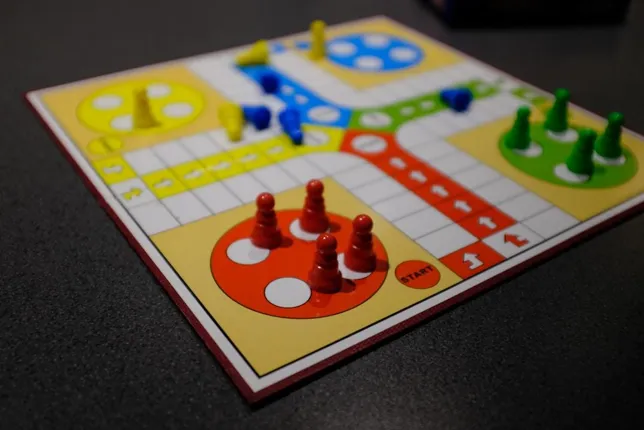The Growing Popularity of Tiny Homes and Alternative Housing
Many modern Americans are taking the leap from a suburban picket fence and lawn to tiny homes and alternative housing. Whether out of environmental awareness, a desire for financial freedom, or a love of minimalist living, those involved in tiny houses create big things out of small places. There’s a whole world to explore whether you want to roll along, float along or stay on the ground. There’s a home for every budget, aspiration and desire. Just as the internet provides a range of best USA slot sites, streaming platforms, and remote job opportunities, tiny houses provide a wide range of options for anyone dreaming of nontraditional living options. Come have a look at these tiny treasures!
What Is a Tiny Home?
According to the International Code Council, a tiny home is an enclosed living space of approximately 400 square feet. Some can even be as small as 60 square feet. There are a variety of nontraditional living options to suit every person. While most tiny homes are freestanding structures mounted on a foundation or wheels, the tiny home movement incorporates a variety of small, money-saving homes, including container homes, yurts and converted vans.
What Is Special About a Tiny Home?
Tiny homes offer various benefits for those willing to trade space for sustainable living. The most notable of these benefits is the financial affordability. Tiny homes make housing and ownership affordable for many first-time buyers. A tiny home is less expensive than a larger, more traditional home and has the added benefit of having affordable utility bills. There’s also faster home appreciation and other, non-tangible qualities. A tiny home can be put on wheels, which means no more being tied down to a specific location. This is perfect for digital nomads or anyone who wants to become one! Tiny homes also bring opportunities to build intentional communities as tiny homeowners can congregate around larger living and entertainment sites, like pools. Tiny homes are also excellent for people who want to be closer to nature. Most importantly, tiny homes are great for the owner’s carbon footprint and energy conservation. The small size of tiny homes also means less food waste and energy use. Moreover, they are great for those who want to opt out of heavy consumerism, as the size of a tiny home means that there is simply no room for extra clutter! That said, a tiny home’s minuscule size means that luxuries, such as marble countertops, are available for a fraction of the cost of the same amenities in a full-size home. Likewise, for those who want to live off the grid, that dream is possible using elements such as solar panels and composting toilets. All of these aspects make the tiny home a special place that can reflect the ideals and passions of its owners.
What Are the Alternatives to a Tiny Home?
When it comes to creating cozy spaces, there’s no end to the ingenuity of their creators! Instead of looking at the limitations of a small space, homeowners are getting creative and using new ideas to redefine the idea of what a home can be. For example, there’s a market for reconstructed and retrofitted school buses or “skoolies.” These offer at least 170 feet of living space and can hold up to a family of four with some clever use of fold-out beds and bunk beds.
The on-the-road lifestyle also includes tiny homes. There are van conversions that incorporate eco-conscious décor with vintage stylings. These homes on wheels include a 180-square-foot 1970’s RV, a 20-foot-long Dodge Ram ProMaster, camper vans and sprinter vans. All of these incorporate all the little comforts of home with the freedom of being able to go anywhere imaginable.
If living on the water is a favorite dream, why not examine floating tiny homes? In the U.K., tiny homes include canal boats and converted Belgian barges. Across the pond, options include tiny houseboats that dot harbors from California to Washington state and provide stability and coziness on the water.
Modern supply chains have introduced us all to the importance of shipping containers, but did you know these too can become charming small homes? There are homeowners all over the U.S.A. who are creating small, wonderful spaces out of shipping containers stacked in ones or twos. Two of them can create a surprisingly roomy 480-square-foot living space.
Yurts are also a tiny space that can become a wonderful home. These Mongolian tents are just about the size of a tiny house, sometimes even a bit larger at 460 square feet. They offer all kinds of benefits for the tiny house lover. While they have their own unique quirks to deal with due to the round walls and wooden support lattice, being able to watch the stars from a dome overhead makes up for anything.
Is a Tiny Home Right for You?
While the above provides a decent overview of the petite universe that tiny homes comprise, there are a few questions you should ask yourself before investing in a tiny home. For example, how much space do you need? What will give you the best work-life balance? Will this be a short-term or long-term arrangement? If you’re up to the challenges and ready for it, the pleasures of a tiny home can be their own reward.







